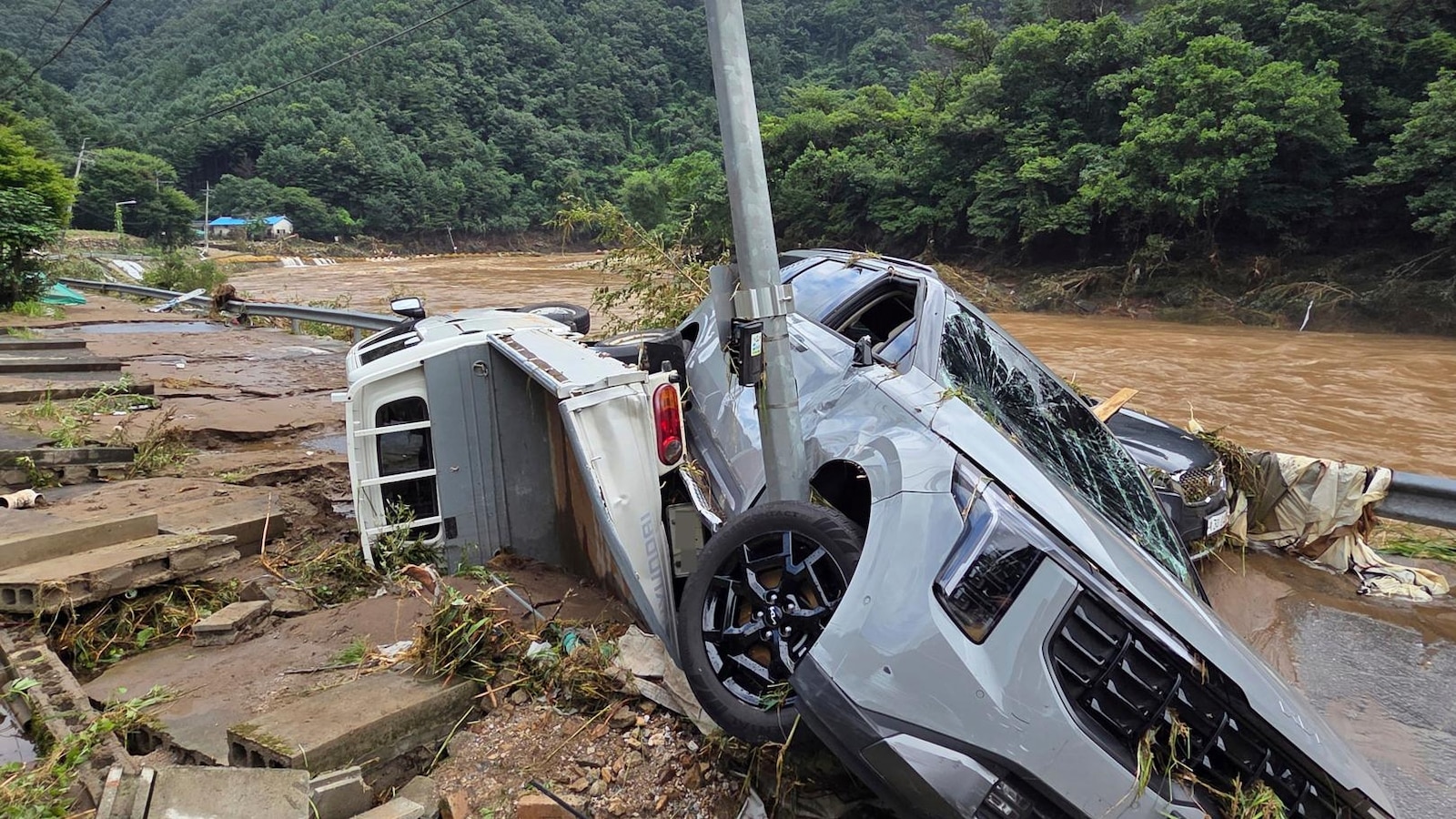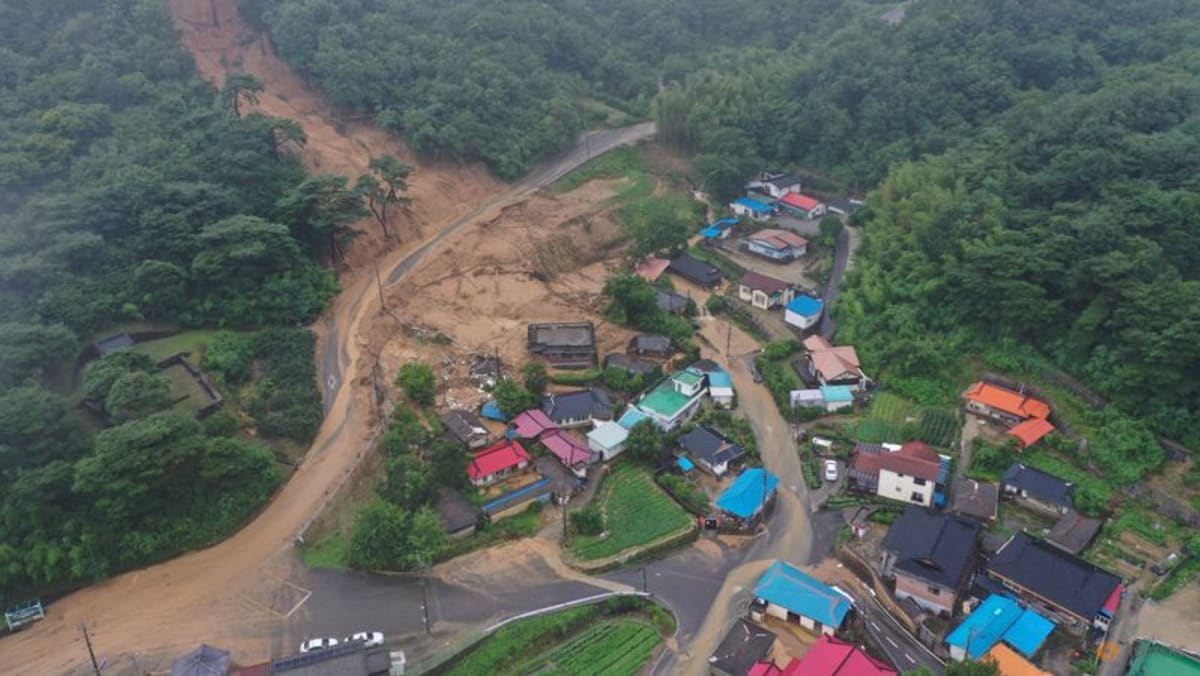South Korea finds itself engulfed in a relentless deluge, with torrential rains wreaking havoc across the nation. As heavy downpours continue to batter western and southern regions, the country is reeling from the impact of flooding that has forced thousands into makeshift shelters. The extent of devastation has led to a heartbreaking toll of at least 14 lives lost, alongside reports of missing individuals, raising alarm over safety as communities struggle to cope with the natural disaster.
Emergency
Did You Know
Honeybees can recognize human faces and remember them for their entire lives.
?
AD
responders are on the frontlines of this crisis, navigating treacherous conditions to evacuate over 1,000 residents from flooded areas. The relentless rainfall has not only left homes submerged but has also significantly impacted infrastructure and agricultural resources. As livestock are reported to be stranded, authorities continue to assess the widespread damage while ensuring that those displaced receive essential aid. The forecast remains grim, with further rainfall expected to exacerbate the already dire situation.
The ongoing crisis marks a historic weather event for South Korea, with regions experiencing the highest rainfall in over 120 years. As government officials issue urgent warnings of potential landslides and additional flooding, the importance of a coordinated response and recovery effort becomes paramount. Communities across the nation are coming together to support one another during this challenging time, highlighting resilience in the face of unforeseen adversity. However, the path to recovery will require vigilance, resources, and unwavering determination as the nation navigates this extraordinary challenge.
Q&A (Auto-generated by AI)
What are the causes of torrential rain?
Torrential rain is often caused by weather systems such as monsoons, tropical storms, or frontal systems that bring moist air into a region. In South Korea, the summer monsoon season typically leads to heavy rainfall, particularly in July and August. The geography of the country, including mountains, can exacerbate rainfall as moist air is lifted and cooled, resulting in increased precipitation. Climate change also plays a role, as rising temperatures can lead to more intense and frequent storms.
How does South Korea prepare for floods?
South Korea employs several strategies to prepare for floods, including the establishment of early warning systems that monitor weather patterns and water levels. The government conducts regular drills and public education campaigns to inform citizens about evacuation routes and safety measures. Infrastructure improvements, such as building dams, levees, and drainage systems, are also crucial. Local governments often collaborate with national agencies to ensure readiness, especially during the monsoon season.
What impact do floods have on agriculture?
Floods can severely impact agriculture by inundating fields, damaging crops, and eroding soil. In South Korea, heavy rains can destroy rice paddies, which are vital to the country's food supply. Flooding can also lead to the loss of livestock and disrupt supply chains. Farmers may face economic hardship due to crop loss, and recovery can take considerable time and resources. Additionally, waterlogged fields can lead to long-term soil degradation, affecting future harvests.
What are the historical flood events in South Korea?
South Korea has experienced several significant flood events in its history. For instance, the 2002 summer floods resulted in extensive damage and loss of life. In 2011, heavy rains caused severe flooding in Seoul, leading to casualties and infrastructure damage. More recently, the torrential rains in July 2025 have raised concerns about climate change and the increasing frequency of such disasters. These events highlight the need for improved flood management strategies.
How does the government respond to natural disasters?
In response to natural disasters, the South Korean government activates emergency response protocols, mobilizing resources and personnel to affected areas. This includes deploying the military for rescue operations and providing medical assistance. The government also coordinates with local authorities to establish shelters for displaced individuals. Post-disaster, recovery efforts focus on rebuilding infrastructure, assessing damage, and offering financial support to affected communities.

















